Can someone explain what the Ta line on this zener diode temperature derating graph means please.
The diode is an MCC SMBJ5338B 5.1V 5W zener. I understand the lead temperature (TL) line means derating linearly above 75°C but the ambient temperature (Ta) line suggests to me that the power dissipation is limited to a maximum of about 1.5W no matter what the ambient temperature is. How can the diode then be rated at 5W?
A note from the datasheet says: "Ambient Temperature at 15°C = TA at Mounting Plane. Derate Linearly Above 15°C to Zero Power at 150°C"
I would take this to mean that the power rating is 5W up to 15°C and then derated to 0W at 150°C but this isn't what the graph shows. Any ideas? I'm sure I'm missing something obvious.
Datasheet: SMBJ5338B datasheet
